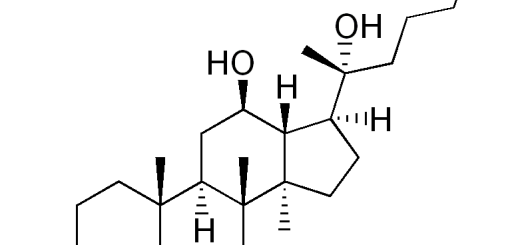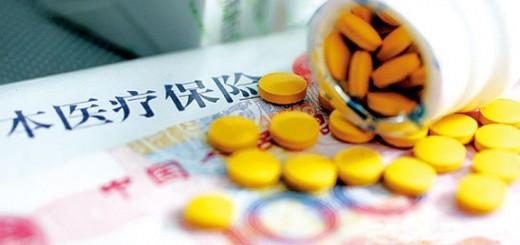| Share This Article
Research Frontiers of Medicinal Plants |
||
| DOWNLOAD |
|
Downloads Pharmacological Review of Ginsenoside Dammarane Saponin Rh2 Downloads Pharmacological Review of Ginsenoside Dammarane Saponin Rg1 Downloads Pharmacological Review of Ginsenoside Dammarane Saponin Rb1 Downloads Pharmacological Review of Aglycon Dammarane Sapogenin (AGS) – Protopanaxatriol (PPT) Downloads Pharmacological Review of Aglycon Dammarane Sapogenin (AGS) – Protopanaxadiol (PPD) |
Dammarane sapogenin protopanaxadiol (PPD) ameliorates doxorubicin toxicity on kidney
Doxorubicin is a drug used in cancer chemotherapy, and belongs to the class of anthracycline antibiotics. It is commonly used in the treatment of a wide range of cancers, including hematological malignancies (blood cancers, like leukaemia and lymphoma), many types of carcinoma (solid tumours) and soft tissue sarcomas. Doxorubicin’s common adverse effects include hair loss (seen in most of those treated with the drug), myelosuppression (bone marrow suppression), GI symptoms (nausea and vomiting are seen in roughly 30-90% of people treated with the drug, diarrhea, oral mucositis, esophagitis), skin reactions and local swelling and redness along the vein in which the drug is delivered. Doxorubicin can also cause life-threatening heart damage. Also, nephrotoxicity is one of the important side effects of anthracycline antibiotics like doxorubicin. Therefore, doxorubicin’s cardiac, renal, pulmonary, testicular, and hematological toxicities largely limit its clinical use. Currently, there are no or few drugs capable of preventing or alleviating its toxicities. Interestingly, dammarane sapogenin protopanaxadiol (PPD), an ingredient with the strongest anti-cancer activity from both American ginseng and Asian ginseng, can protect the kidney from doxorubicin toxicity. In the study whch was conducted in Shanghai Medical University experimented, rats were randomized into 3 groups (normal control, doxorubicin, doxorubicin+PPD) and doxorubicin was first given to mimic chemotherapy. When kidney injury was induced, PPD at 200mg(kg·d) was given to one of the groups. During the experiment, blood and urine were collected for chemical tests. The doxorubicin treatment pronouncedly caused kidney injury as the levels of urine albumin and blood urea nitrogen increased with severe cell damage under microscrope. However, the PPD intervention noticeably alleviated doxorubicin toxicity. the infiltration of inflammatory cells such as neutrophils reduced after PPD treatment, and interstitial fibrosis was reversed as well. Results of blood and urine tests were also improved markedly. These results suggest that organ toxicities associated with doxorubicin treatment can be mitigated or prevented with cocurrent use of PPD. The results were published on Chinese Journal of Nephrology,Dialysis & Transplantation, 2011, 20(5). |







